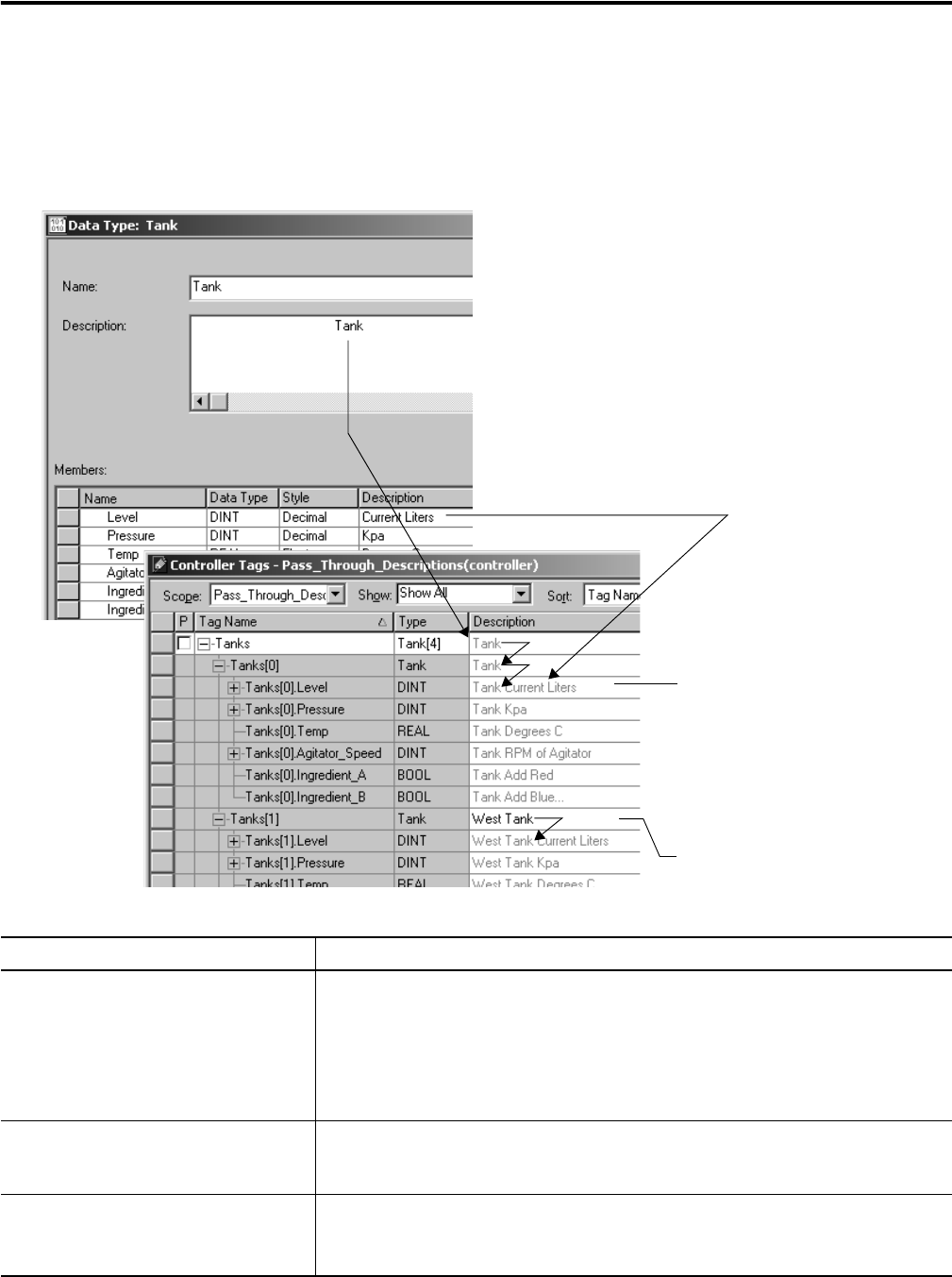Quick Start Owner's manual
Table Of Contents
- 1756-QS001E-EN-P, Logix5000 Controllers Quick Start
- Summary of Changes
- Table of Contents
- 1 - Program and Test a Simple Project
- What You Need
- Before You Begin
- Follow These Steps
- Create a Project for the Controller
- Add Your I/O Modules
- Look at Your I/O Data
- Ladder Logic
- Enter a Function Block Diagram
- Assign Alias Tags for Your Devices
- Establish a Serial Connection to the Controller
- Download a Project to the Controller
- Select the Operating Mode of the Controller
- 2 - Organize a Project
- 3 - Program Add-On Instructions
- What You Need
- Follow These Steps
- Insert an Add-On Instruction
- Copy an Add-On Instruction Definition
- Import an Add-On Instruction Definition
- Access a Parameter That Is Not Visible
- Monitor or Change the Value of a Parameter of an Add-On Instruction
- View the Logic of an Add-On Instruction
- Edit and Monitor an Add-On Instruction
- Update an Add-On Instruction to a Newer Revision
- 4 - Program an Equipment Phase
- 5 - Program a Project Offline
- 6 - Document a Project
- 7 - Go Online to the Controller
- 8 - Program a Project Online
- 9 - Troubleshoot the Controller
- Index
- Back Cover

98 Publication 1756-QS001E-EN-P - October 2009
Chapter 6 Document a Project
User-defined Data Type
RSLogix 5000 software lets you automatically build descriptions out of the descriptions in your user-defined
data types. This greatly reduces the amount of time you have to spend documenting your project. As you
organize your user-defined data types, keep in mind the following features of RSLogix 5000 software:
Item Description
A Pass through of descriptions are automatically created when possible, RSLogix 5000
software looks for an available description for a tag, element, or member.
• Descriptions in user-defined data types ripple through to the tags that use that data
type.
• Description of an array tag ripples through to the elements and members of the
array.
B Append descriptions to base tags. RSLogix 5000 software automatically builds a
description for each member of a tag that uses a user-defined data type. It starts with the
description of the tag and then adds the description of the member from the data type.
C Edit pass-through descriptions so that you can use the data type and array description as a
basis for more specific descriptions.
In this example, Tank became West Tank.
A
C
B










